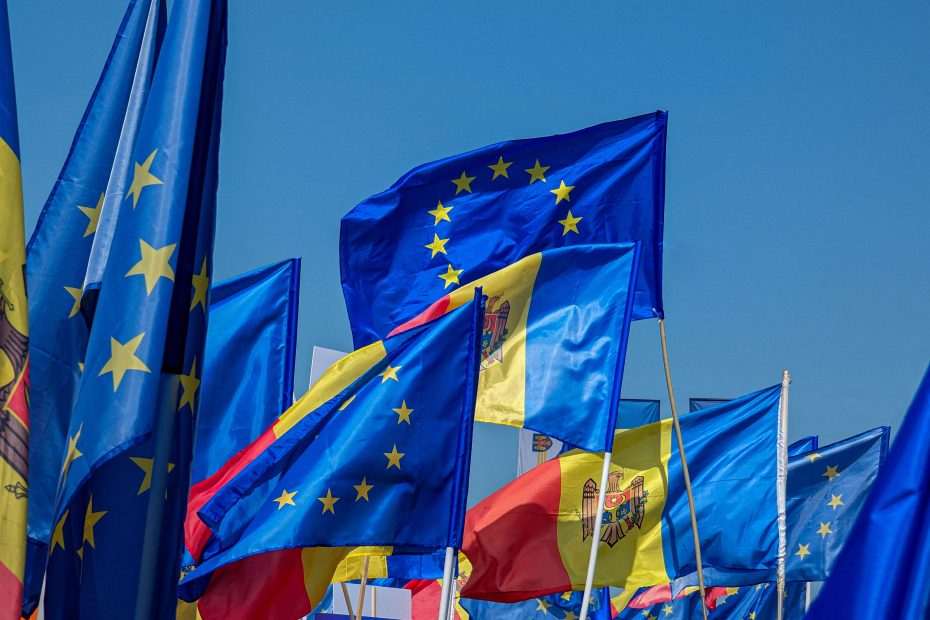Table of Contents
Introduction
Nestled between Romania and Ukraine, the small Eastern European country of Moldova has a winemaking tradition stretching back over 5000 years. With its fertile soil, warm climate, and position along historic trade routes, Moldova has long been home to a thriving wine culture. While turmoil in recent decades nearly decimated Moldova’s wine industry, today it is experiencing a rebirth centered around indigenous grapes and artisanal winemaking techniques. From ancient wine cellars to family-run wineries, a journey into Moldovan wine country offers a taste of this nation’s proud oenological heritage.
Moldova’s Long History of Winemaking
Archaeological evidence shows that grapes first grew in Moldova as early as 3000 BC. As a crossroads between East and West, the region was heavily influenced by Greek, Roman, and Ottoman civilizations, with winemaking knowledge passed along these trade networks. During the 15th century rule of prince Stephen the Great, vineyards expanded rapidly, and Moldovan wine gained recognition abroad.
Despite political upheaval under the Russian empire and Soviet Union, Moldovans retained their winemaking traditions. Private wineries were nationalized under communist collectivization, focusing mainly on mass production. But since independence in 1991, Moldova has worked to revive its historic wine industry.
Main Wine Regions in Moldova
Moldova contains three major wine regions, each with its own distinctive terroir and grape varieties:
Codru – This highland region in central Moldova has a cool climate, growing grapes like Cabernet Sauvignon, Merlot, and Rara Neagra.
Valul lui Traian – The southern region along the Trajan Wall is home to Moldova’s largest vineyards. Major varieties include Merlot, Muscat, Riesling, and Feteasca.
Stefan Voda – Located in the southeast, this hot region focuses on red grape varietals like Cabernet Sauvignon, Malbec, and Saperavi.
Traditional Winemaking Practices
Despite industrialization under communism, traditional practices have endured in Moldovan winemaking:
Small, family-owned wineries are the norm, with an emphasis on artisanal production and indigenous grapes. The rural countryside hosts hundreds of independent winemakers.
Wine aged in barrels and amphorae is common, evoking old-world methods. Extended oak aging adds complexity. Amphorae-aged orange wines utilize ancient oxidative techniques.
Monasteries played a key historical role in wine production, funding the first wineries and training generations of winemakers. This monastic influence continues to inspire winemakers today.
Moldovan Wine Styles
Moldova produces a range of wine styles from both international and native grape varieties:
Dry whites like Feteasca, Rara Neagra, and Plavai highlight local grapes. They exhibit citrus and stone fruit flavors with bright acidity.
Sparkling wines utilize the Traditional Method, with secondary fermentation in bottle. These crisp, fruity bubblies are inexpensive but high quality.
Fortified sweet wines are made by adding grape spirit to halt fermentation. Rich dessert wines showcase the Muscat grape.
Wine Cellar Visits
No trip to Moldova is complete without visiting the massive underground wine cellars.
Cricova features 120 kilometers of limestone tunnels housing huge collections of wine. Tourists can sample vintages dating back to 1902.
Milestii Mici is home to over 2 million bottles, earning a Guinness World Record. Visitors tour in cars, stopping to admire Moldova’s oenological treasures.
Wine Tourism in Moldova
Beyond just winery visits, Moldova offers diverse wine tourism:
Many wineries open their guestrooms to visitors seeking to stay amidst the vines. These winery stays provide an immersive viticultural experience.
Wine festivals like the annual Vinaria National Wine Day bring together producers and revelers to celebrate Moldovan wine culture.
Current State of Moldovan Wine Industry
After declining for decades, Moldova’s wine industry is reemerging through improved quality and innovation:
Indigenous grape varietals like Feteasca, Rara Neagra, and Viorica are being championed over imports like Merlot.
Foreign investment has poured in, with Western firms partnering with domestic producers to modernize operations.
This renaissance combined with Moldova’s longstanding winemaking identity sets the stage for a bright future.
Conclusion
With a rich history spanning millennia, the wines of Moldova tell a story of cultural endurance despite formidable challenges. As innovative and traditional techniques combine with a renewed focus on native grapes, the Moldovan wine industry aims to recapture its former glory. The future holds great potential for this tiny country to become a big name in Eastern European oenology.
Frequently Asked Questions
What are the main wine regions in Moldova?
The three major wine regions are Codru, Valul lui Traian, and Stefan Voda. Each features different terroirs, elevations, and grape varieties.
What types of grapes grow in Moldova?
Major native grape varieties are Feteasca, Rara Neagra, Plavai Viorica, and Muscat. International grapes like Cabernet Sauvignon, Merlot, and Riesling are also cultivated.
How would you describe the typical Moldovan winemaking style?
Moldovan winemaking emphasizes small family wineries and traditional old-world techniques like barrel and amphora aging. The wines often exhibit bold fruit flavors with high acidity.
What are some top wineries to visit in Moldova?
Some of the most popular names are Cricova, Milestii Mici, Chateau Vartely, and Castel Mimi. Visiting their vast cellars offers a unique wine tourism experience.
Why has Moldovan winemaking declined in the past century?
Political upheaval of the Soviet era followed by a Russian embargo hampered the industry. But new innovations centered on indigenous grapes are helping Moldovan wine reemerge.
